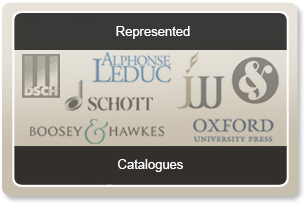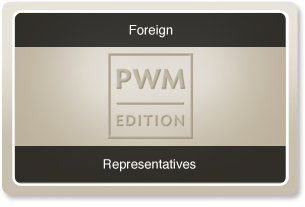News
2017-10-23
On 9 November, works by Karol Szymanowski will be performed in the capital of Paraguay, Asunción. The Orquesta del Congreso Nacional, under the baton of Jorge Luis Uzcátegui, will present the Violin Concerto No. 2 and the 'Symphonie Concertante'.
These two works date from the same period in the composer’s oeuvre: the symphony from 1932 and the concerto from 1933. Works composed after 1920 are generally assigned to the third stage in the output of Karol Szymanowski, in which he forged a new national style based on traditional folk music.
The ‘Symphonie Concertante’ satisfies all the conditions of its eighteenth-century model. It consists of three movements. The Classical form is mirrored in the traditional formal design. The concertante instrument is the piano, but as in the old sinfonia concertante several other instruments are also given a solo treatment by the composer. That overall formal premise would appear to have informed further conventional shapings. The music of the ‘Symphonie Concertante’ does not grow directly out of folk music. The inner expressive tensions of the melodic structures, the way they are linked and ordered and the dynamic structures with which they are fused determine the sublimation of the folk element into a national – or ‘Lechite’, as Szymanowski dubbed it – element.
The Second Violin Concerto, although different from the First in every respect, was equally distinguished against the background of the European music of its times. The elaborate cadenza at the centre of the work’s design divides this essentially one-movement work into two sections of differing character and material: the first is close to variation form; the second to rondo form.
fot. PWM archive











